Anubias lanceolata is a popular aquatic plant that is often found in aquariums and aquascapes. It is native to West Africa and can grow up to 50cm tall, making it one of the larger Anubias species. In this article, we will explore the history, characteristics, care, and propagation of Anubias lanceolata.
History of Anubias Lanceolata
Anubias lanceolata was first described by Heinrich Wilhelm Schott in 1857, a renowned botanist who specialized in aroids. The plant was later reclassified by Peter Boyce in 2011 as Bucephalandra lanceolata. However, this classification is still being debated by experts in the field.
The plant is part of the Araceae family, which also includes popular houseplants such as Philodendrons and Monsteras. It is commonly found in streams and rivers in West Africa, where it grows on rocks and wood. Due to its attractive appearance and hardiness, Anubias lanceolata has become a popular plant for aquariums and aquascapes.
Characteristics of Anubias Lanceolata
Anubias lanceolata is a slow-growing plant that can reach up to 50cm tall in aquariums. Its leaves are lance-shaped and can grow up to 20cm long and 4cm wide. The leaves are typically dark green with a glossy surface, and they grow on short stems that emerge from a rhizome.
The plant’s rhizome is a thick, horizontal stem that grows above the substrate. The rhizome can grow up to 10cm long and 2cm thick, and it produces roots and new stems at intervals. Anubias lanceolata is a flowering plant, but it rarely produces flowers in aquariums.
Care for Anubias Lanceolata
Anubias lanceolata is a hardy plant that is relatively easy to care for. It prefers low to medium light levels, and it can tolerate a wide range of water parameters. However, it does best in slightly acidic to neutral water with a pH between 6.5 and 7.5.
The plant can grow in a variety of substrates, including gravel, sand, and aquarium soil. However, it should be planted on wood or rocks rather than directly in the substrate. This allows the rhizome to grow above the substrate, which helps prevent rotting and allows the plant to absorb nutrients from the water column.
Anubias lanceolata does not require CO2 supplementation, but it can benefit from liquid fertilizers and root tabs. These provide essential nutrients such as nitrogen, phosphorus, and potassium, which the plant needs to grow.
Propagation of Anubias Lanceolata
Anubias lanceolata can be propagated by dividing the rhizome. To do this, carefully cut the rhizome with a sharp knife or scissors, making sure to leave at least one leaf and some roots attached to each division. The new divisions can then be attached to rocks or wood using fishing line or glue.
It is also possible to propagate Anubias lanceolata by taking stem cuttings. However, this is not as common, as the plant grows relatively slowly and does not produce many stems.
Conclusion
Anubias lanceolata is a beautiful and hardy plant that can add a touch of elegance to any aquarium or aquascape. Its lance-shaped leaves and glossy green color make it a popular choice for aquarists and aquascapers. With the right care and attention, Anubias lanceolata can thrive and provide a stunning centerpiece for any underwater world.
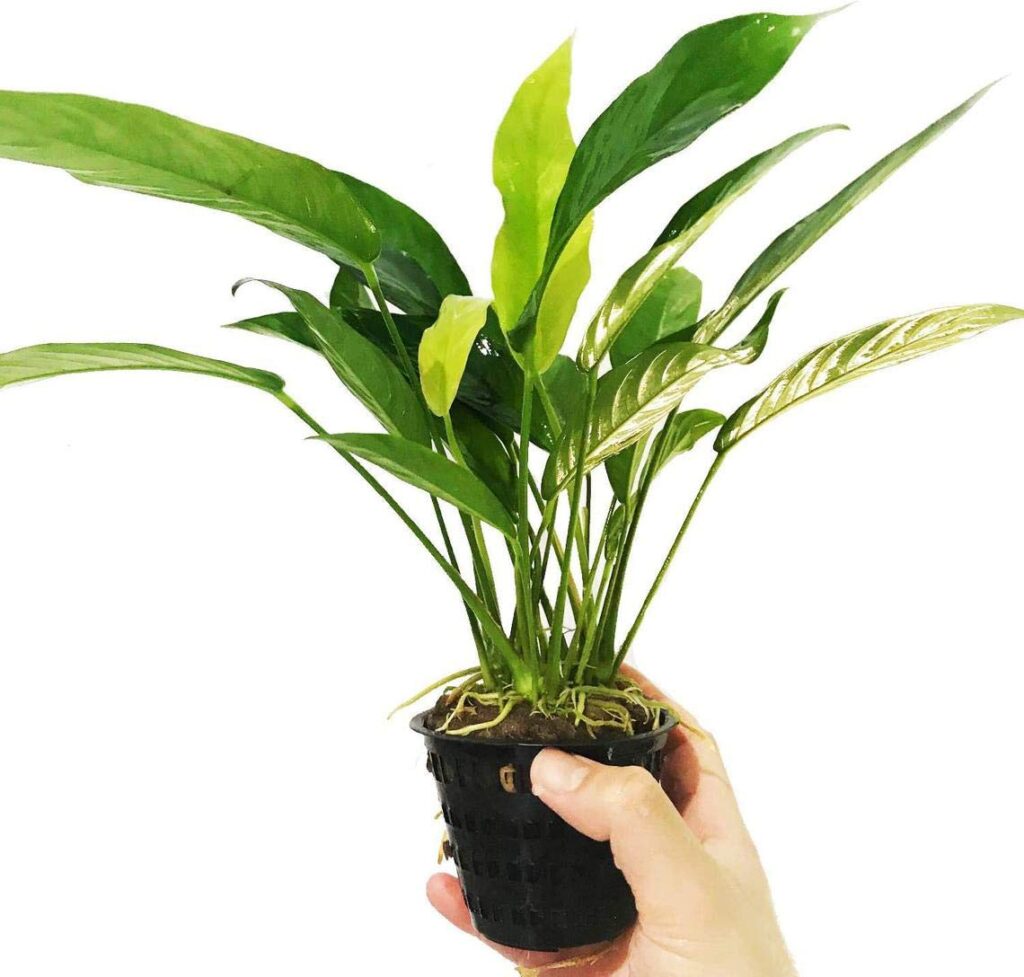
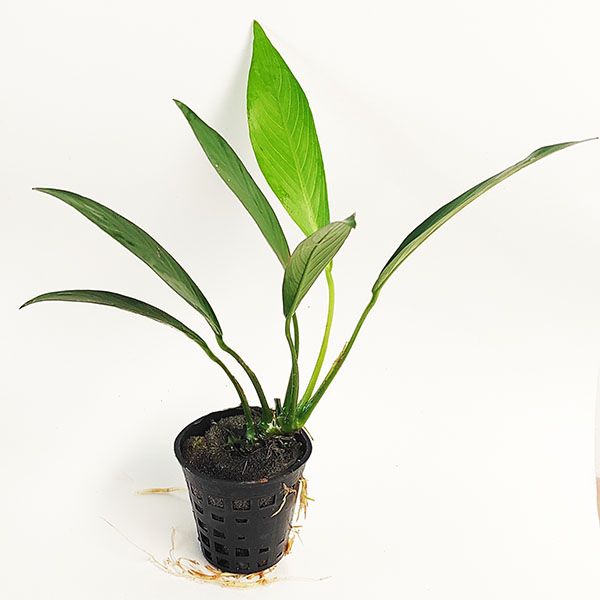

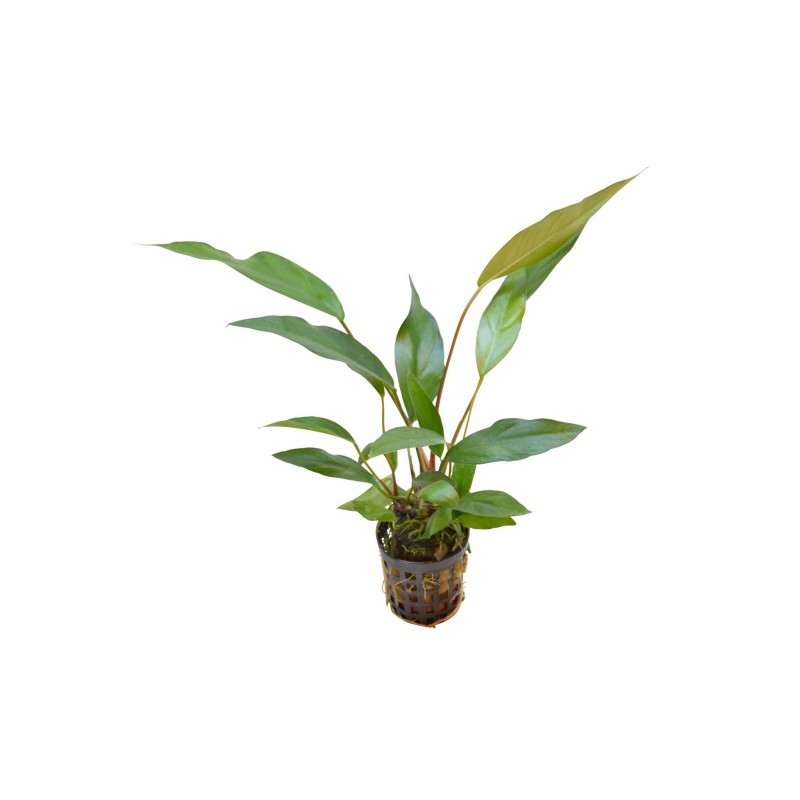
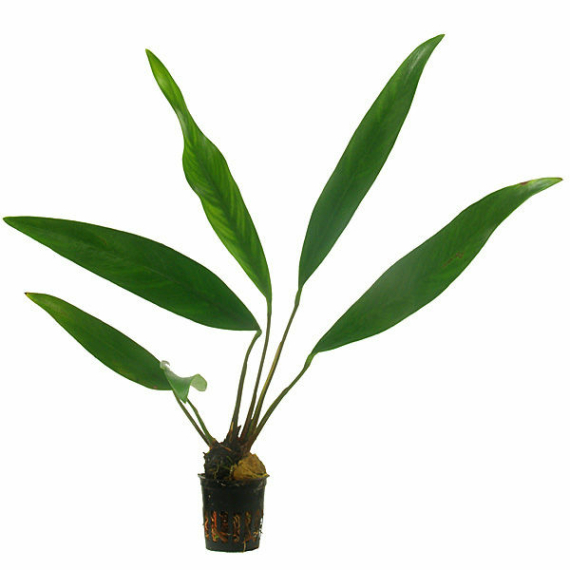
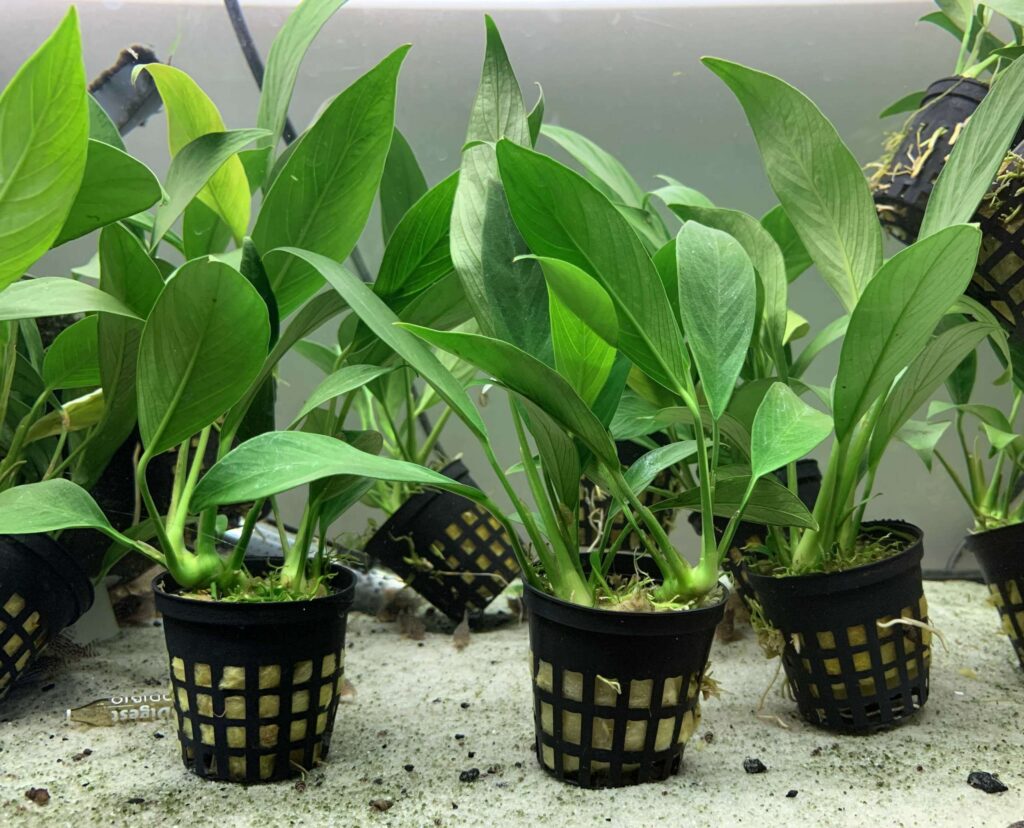
![]()
